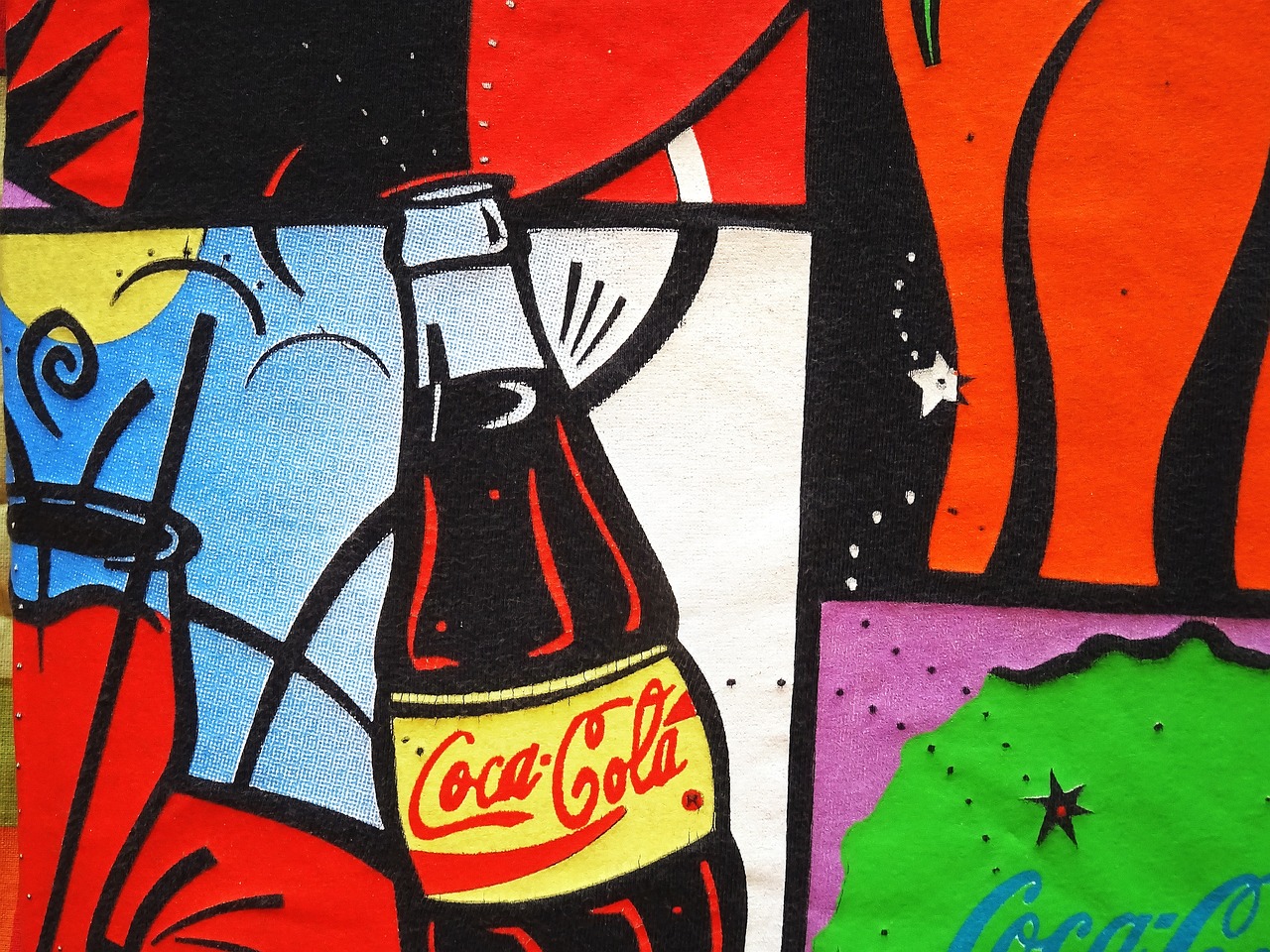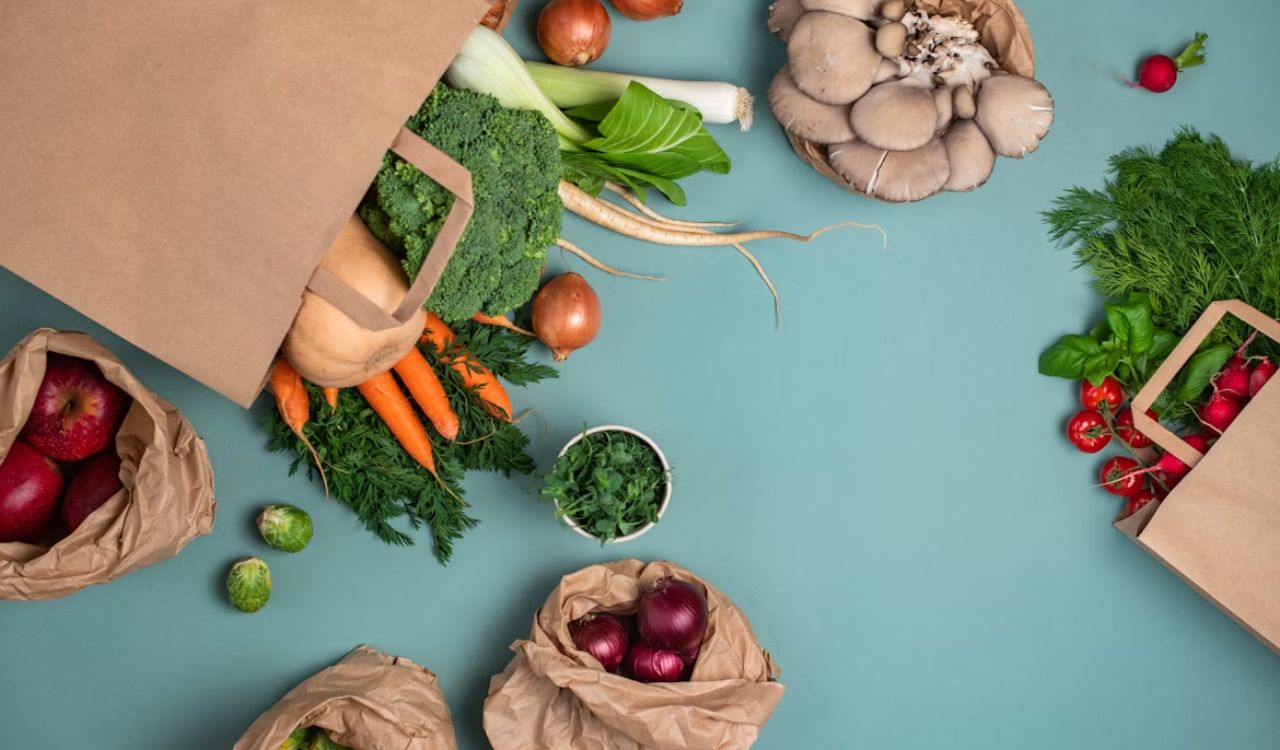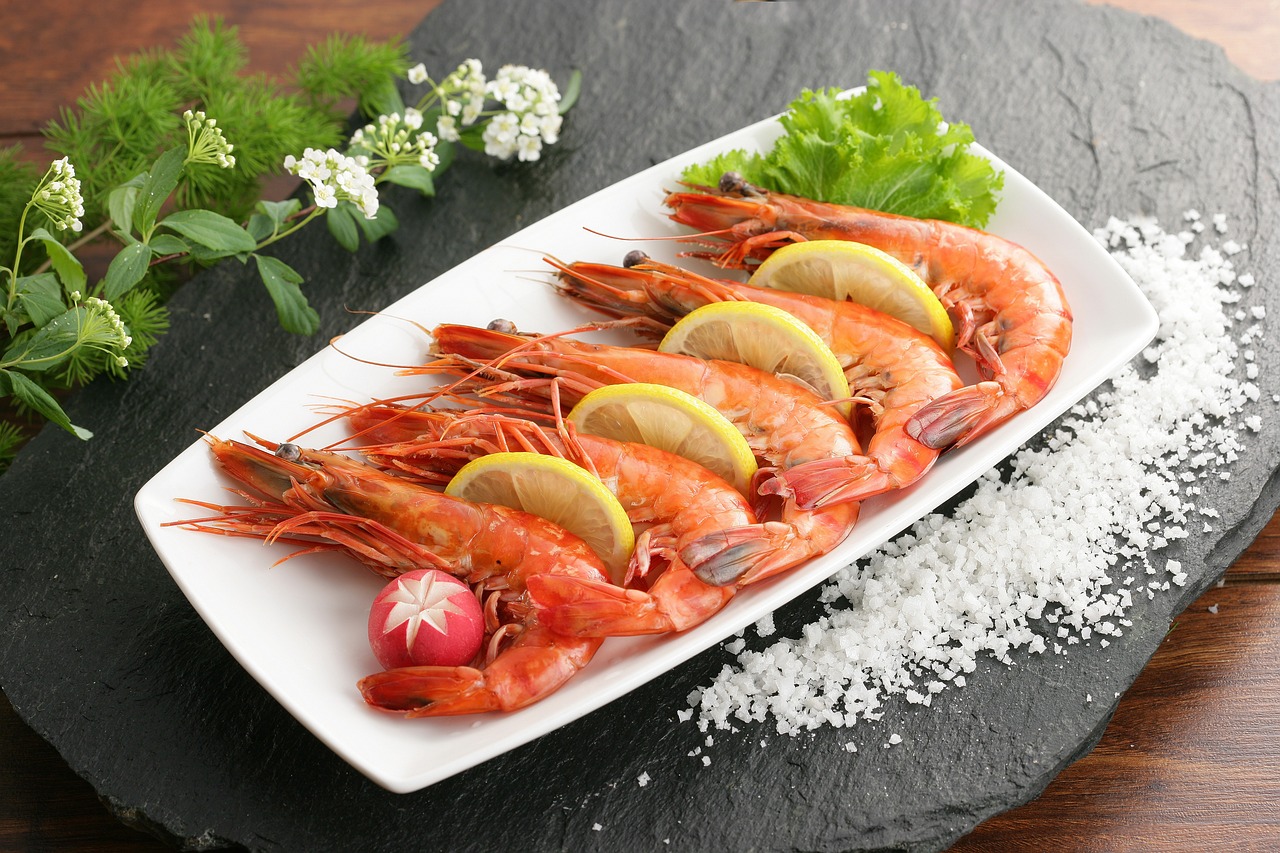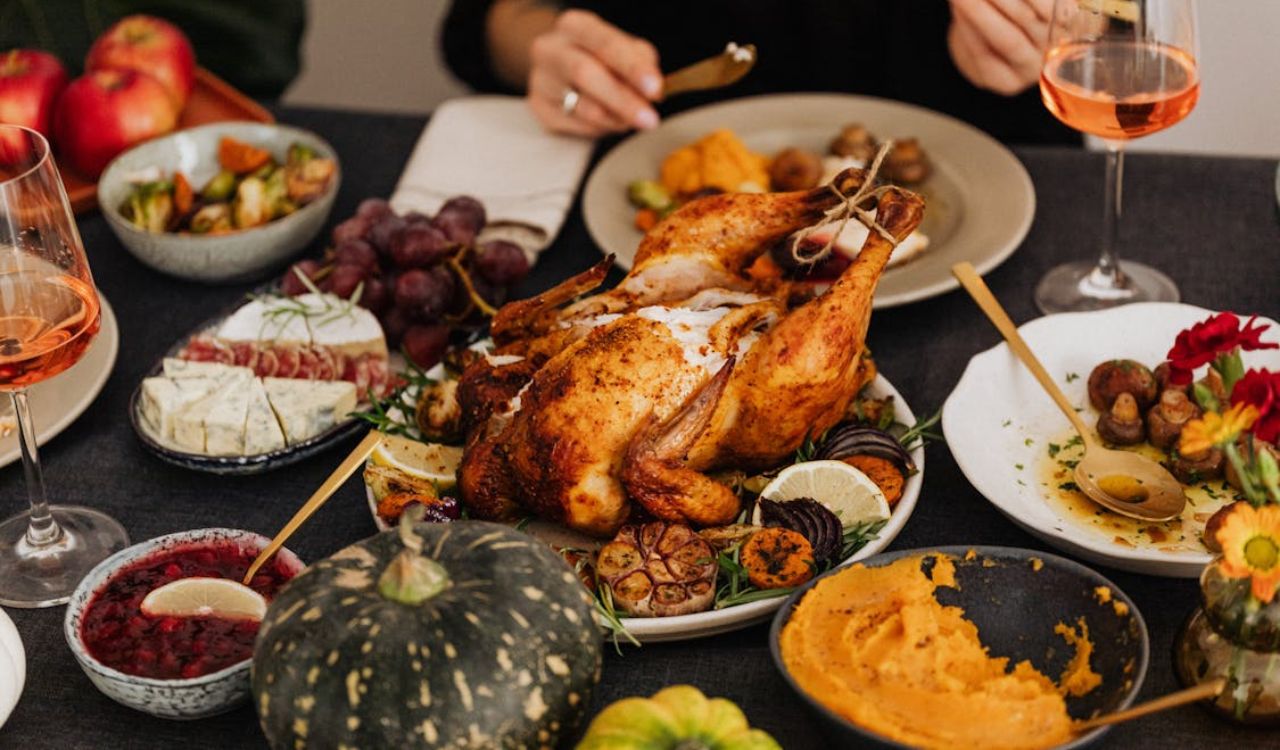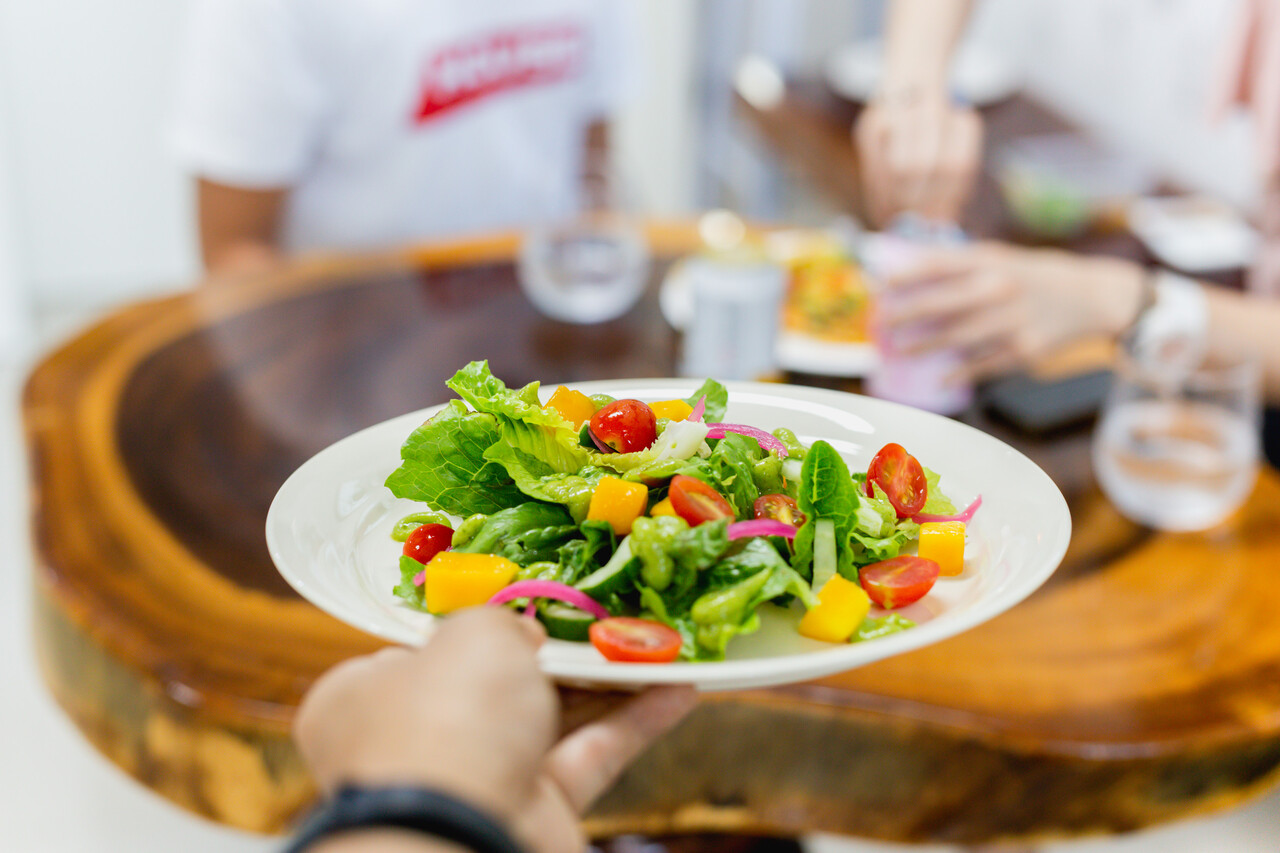11 Old-Fashioned Food Terms You’ll Still Hear in the South
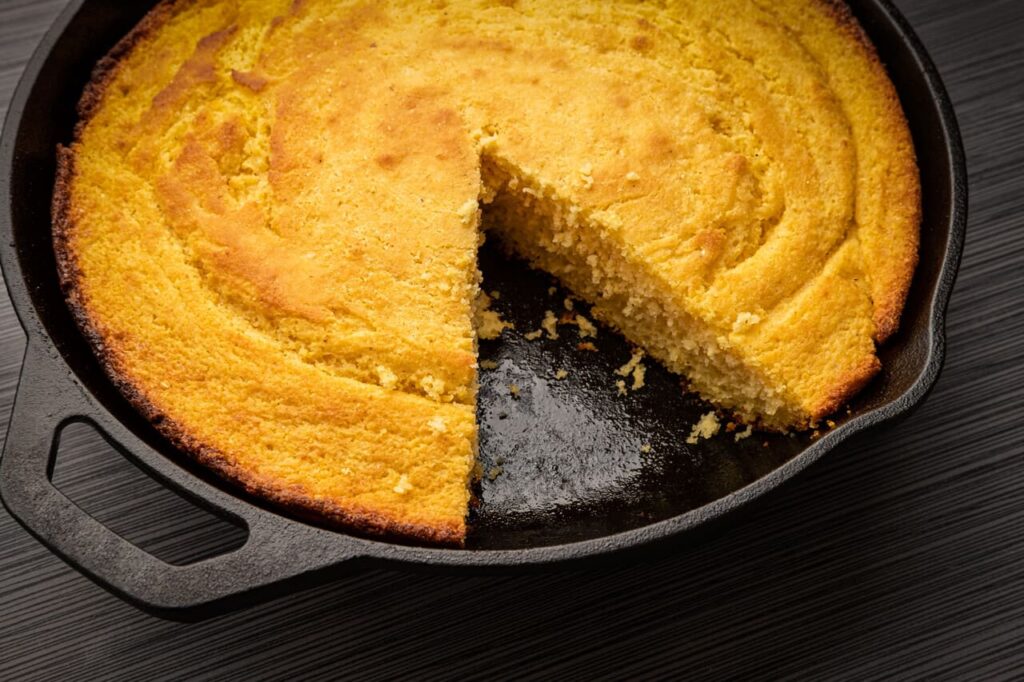
Food in the South is about more than what’s on the plate. It’s a language, a rhythm, and a culture that weaves together generations of cooking traditions. Some of the words you’ll hear at a family table or a country diner sound like they could have been borrowed straight from a century ago. Yet they’ve stuck around, carrying both nostalgia and meaning. Let’s look at some old-fashioned food terms that still hold a strong place in Southern kitchens.
1. Chow-Chow
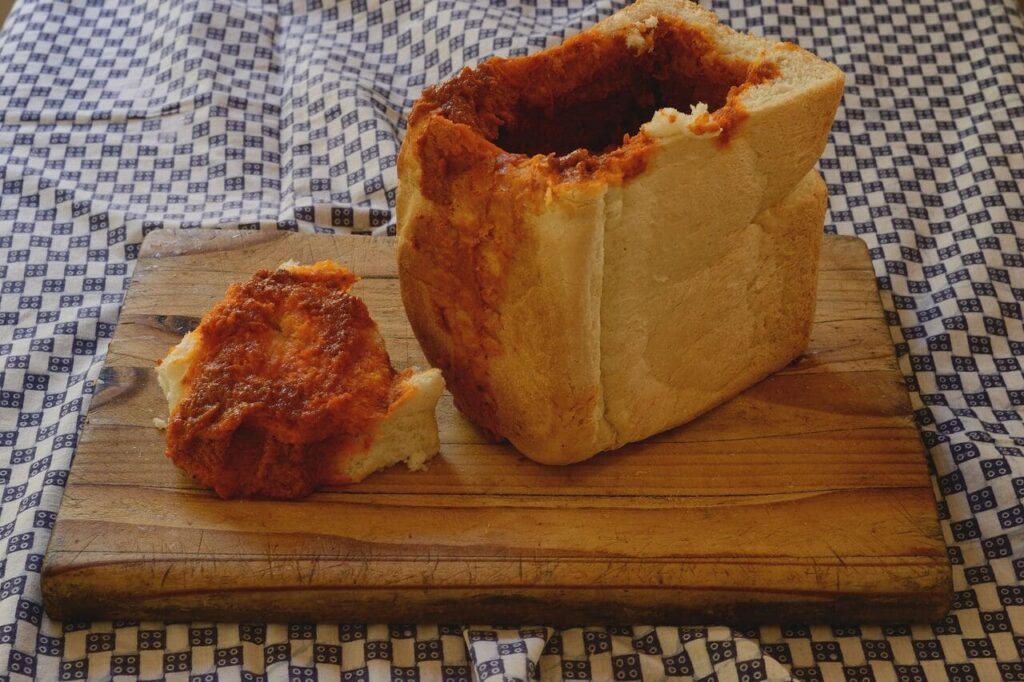
Chow-chow is a classic Southern relish made with chopped vegetables like cabbage, green tomatoes, peppers, and onions, often spiced with mustard or vinegar. While the name itself sounds playful and dated, it’s still a staple on tables across the region. People spoon it over beans, hot dogs, or pork, where its tangy-sweet flavor cuts through the richness of heavier dishes. Recipes vary by family, but the tradition of making chow-chow in large batches at the end of garden season remains strong. For many Southerners, it represents thrift, creativity, and flavor packed into a jar.
2. Potlikker
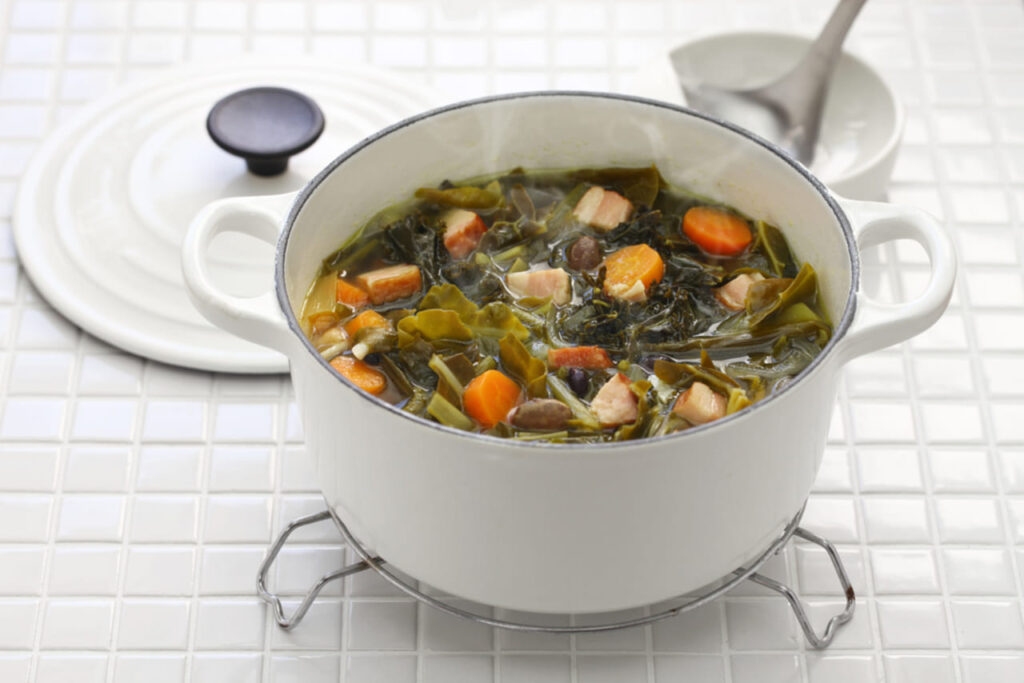
Potlikker refers to the nutrient-rich broth left behind after cooking greens like collards or mustard greens. It’s not wasted; instead, people dip cornbread into it or drink it straight. This old word comes from a time when nothing could be thrown out, and its survival speaks to the South’s deep resourcefulness. Potlikker is more than liquid; it’s history in a bowl. Some still recall grandmothers insisting it was the healthiest part of the meal. The term sounds antique, but the practice remains alive in Southern kitchens.
3. Hoe Cake
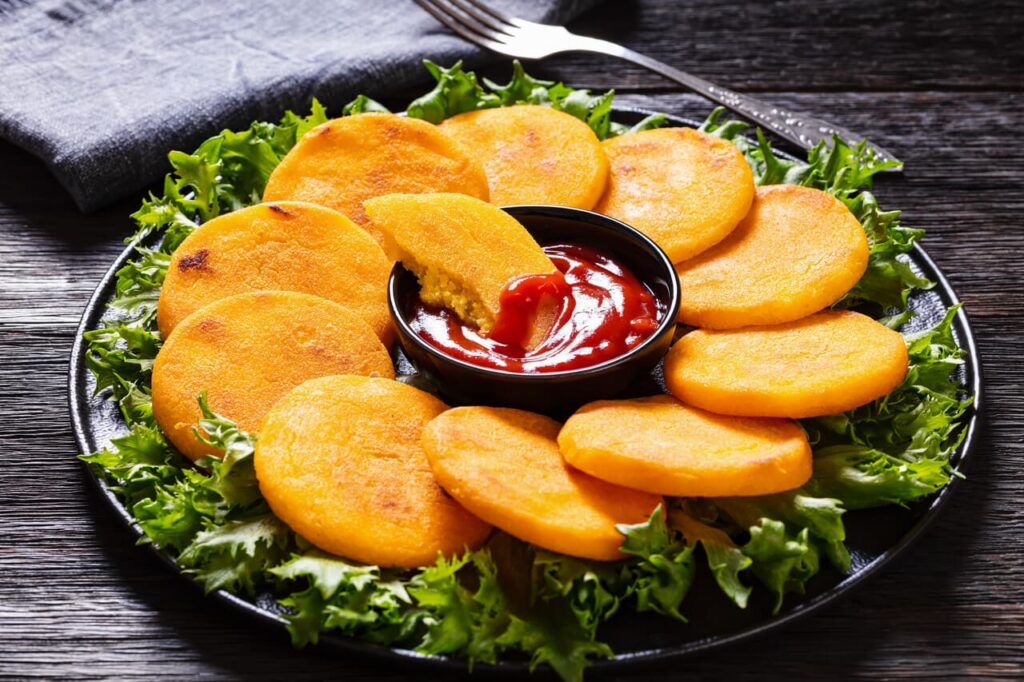
Hoe cakes are simple cornmeal flatbreads, traditionally cooked on the flat side of a hoe over an open fire. While the method has shifted to cast-iron skillets, the name stuck. Hoe cakes are thinner than cornbread but carry the same earthy corn flavor, often served alongside stews, beans, or fried fish. The name captures the creativity of field cooking when tools doubled as cookware. Though the word may sound old-fashioned, hoe cakes are still enjoyed across the South as both breakfast and side dish.
4. Leather Britches
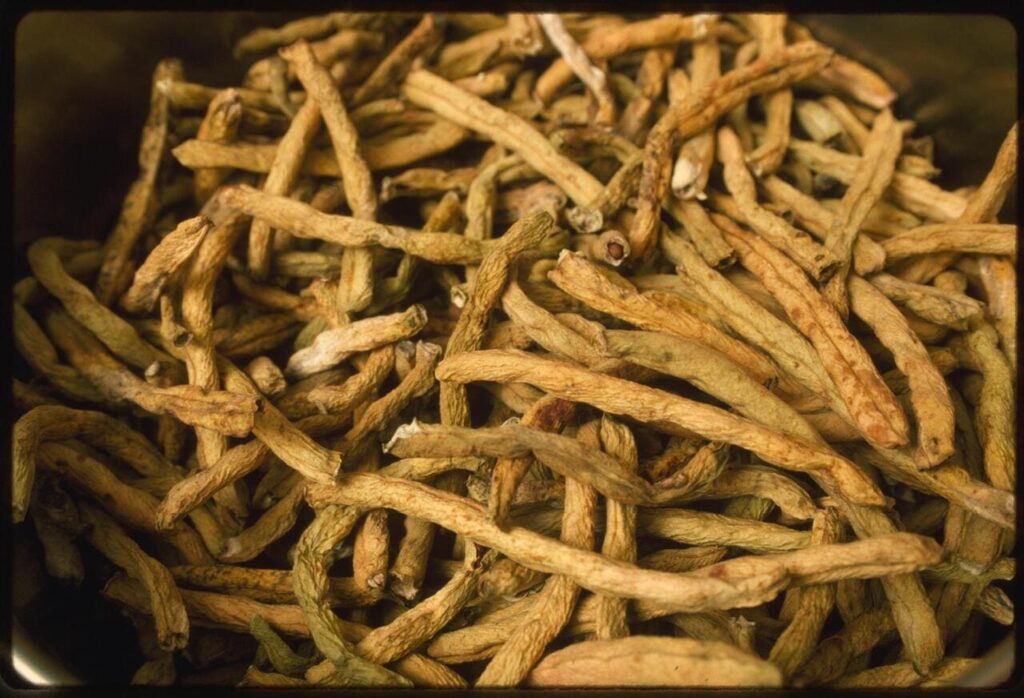
Leather britches describe dried green beans, strung up and left to air-dry until shriveled. The name comes from their wrinkled, leathery appearance. This preservation method dates back to when refrigeration wasn’t an option, and families needed ways to store vegetables through the winter. Once rehydrated and simmered with pork fat, leather britches transform into a rich, savory side dish. While fewer households make them today, the name and the tradition are kept alive by cooks who value old methods. It’s a term that instantly connects food with resilience.
5. Poke Sallet
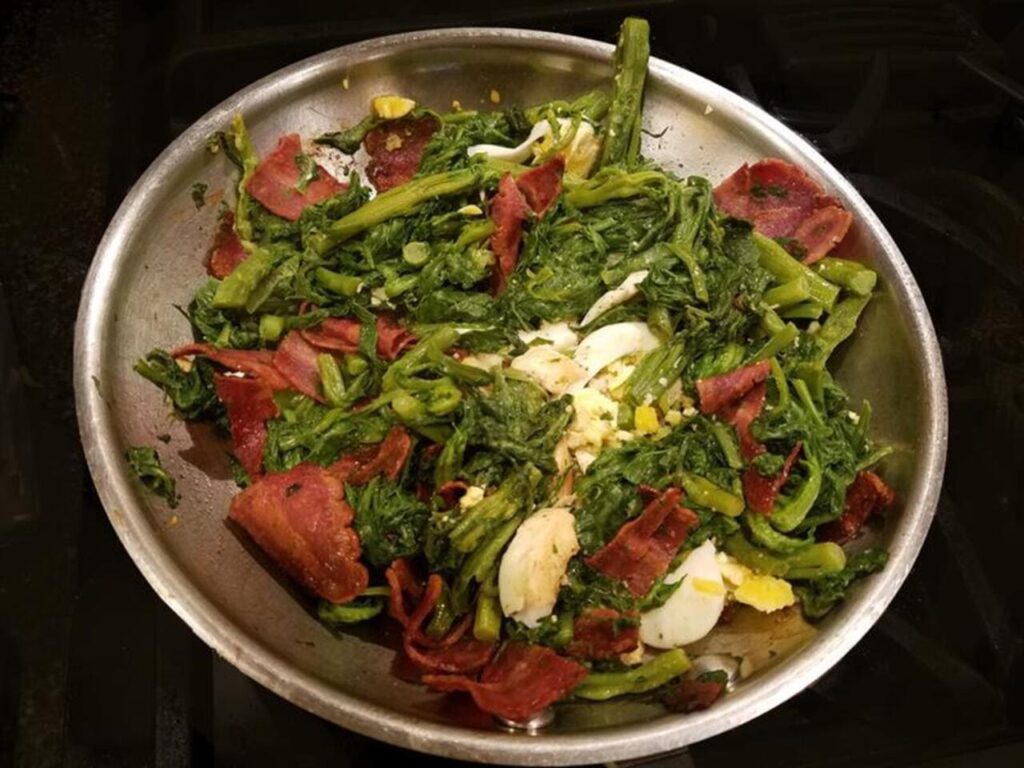
Poke sallet refers to a dish made from the young leaves of the pokeweed plant. The name sounds quaint, but the cooking process is serious pokeweed is toxic if not boiled and drained properly. Historically, it was considered a “spring tonic,” offering greens after long winters with limited fresh food. Today, poke sallet festivals still celebrate the dish, keeping the tradition and the word alive. While not as common as it once was, the term continues to echo in Southern food culture, showing how survival cooking shaped the language of food.
6. Cushaw
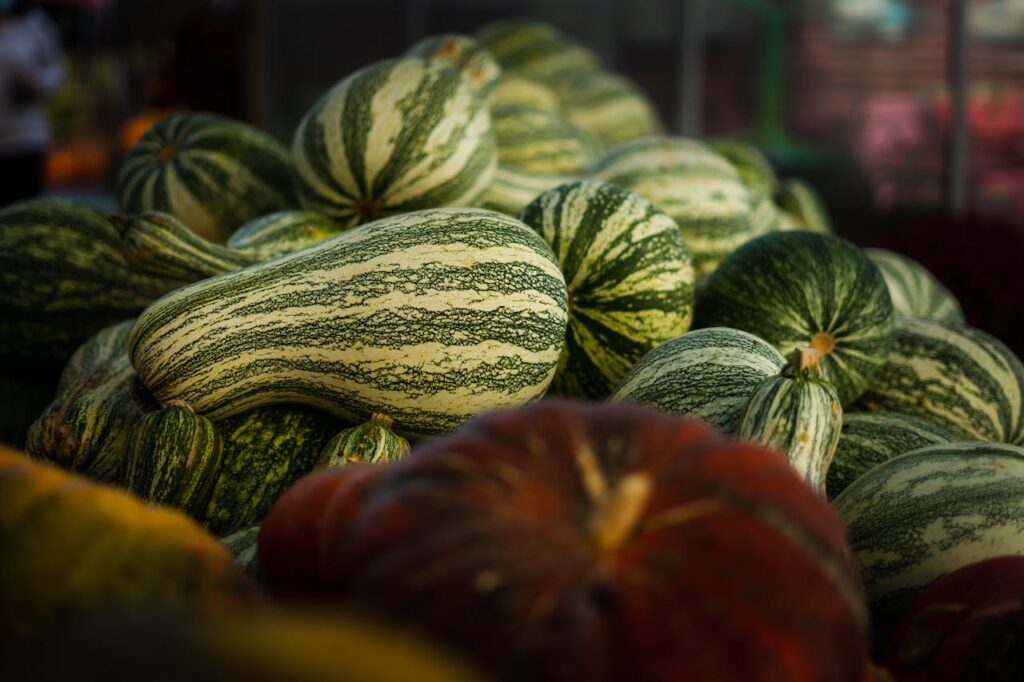
Cushaw is an old Southern word for a type of crooked-neck squash often used in pies, casseroles, or stews. The vegetable itself looks unusual, with its bulbous base and long neck, but it’s prized for its mild, slightly sweet flavor and ability to store well. The name cushaw comes from Native American roots, and its continued use reflects cultural blending. Families often pass down cushaw pie recipes that rival pumpkin pie at holiday tables. It’s not a word you’ll hear in every supermarket, but in many rural kitchens, cushaw is still a household staple.
7. Ambrosia
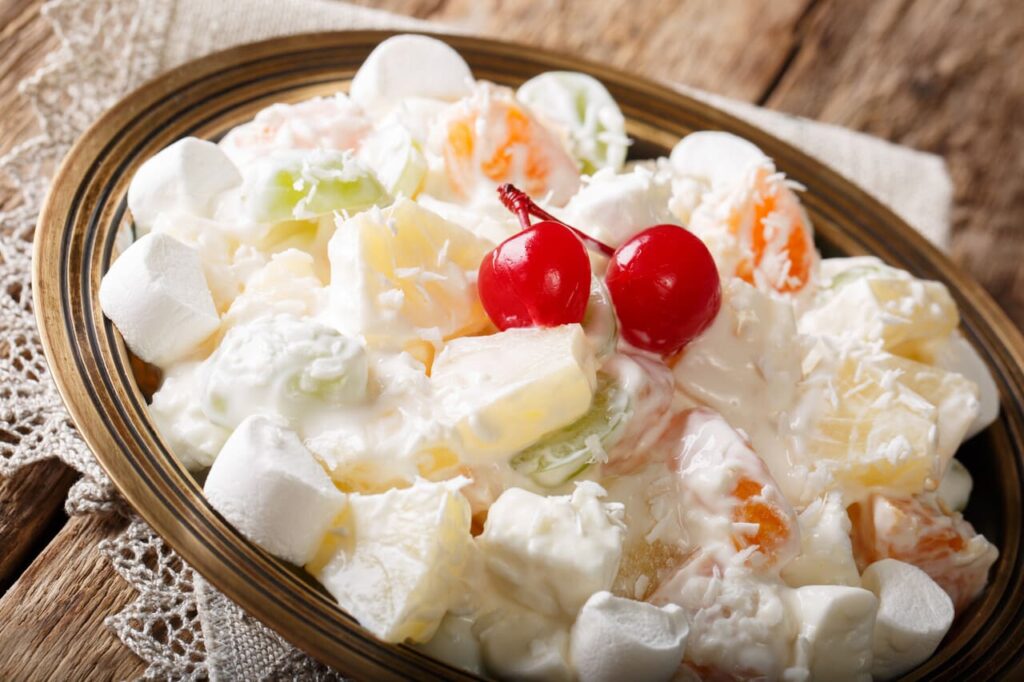
Ambrosia is an old-fashioned Southern dessert made from oranges, pineapple, coconut, and sometimes marshmallows or whipped cream. The name, borrowed from Greek mythology, meaning “food of the gods,” gave the dish a special sense of occasion. For many families, ambrosia was a holiday tradition, especially around Christmas, when fresh citrus came into season. While it may feel like a throwback compared to modern desserts, ambrosia still shows up at potlucks and family gatherings. The word itself carries nostalgia, evoking Sunday tables covered with glass bowls of fruit salad that felt both festive and comforting.
8. Red-Eye Gravy
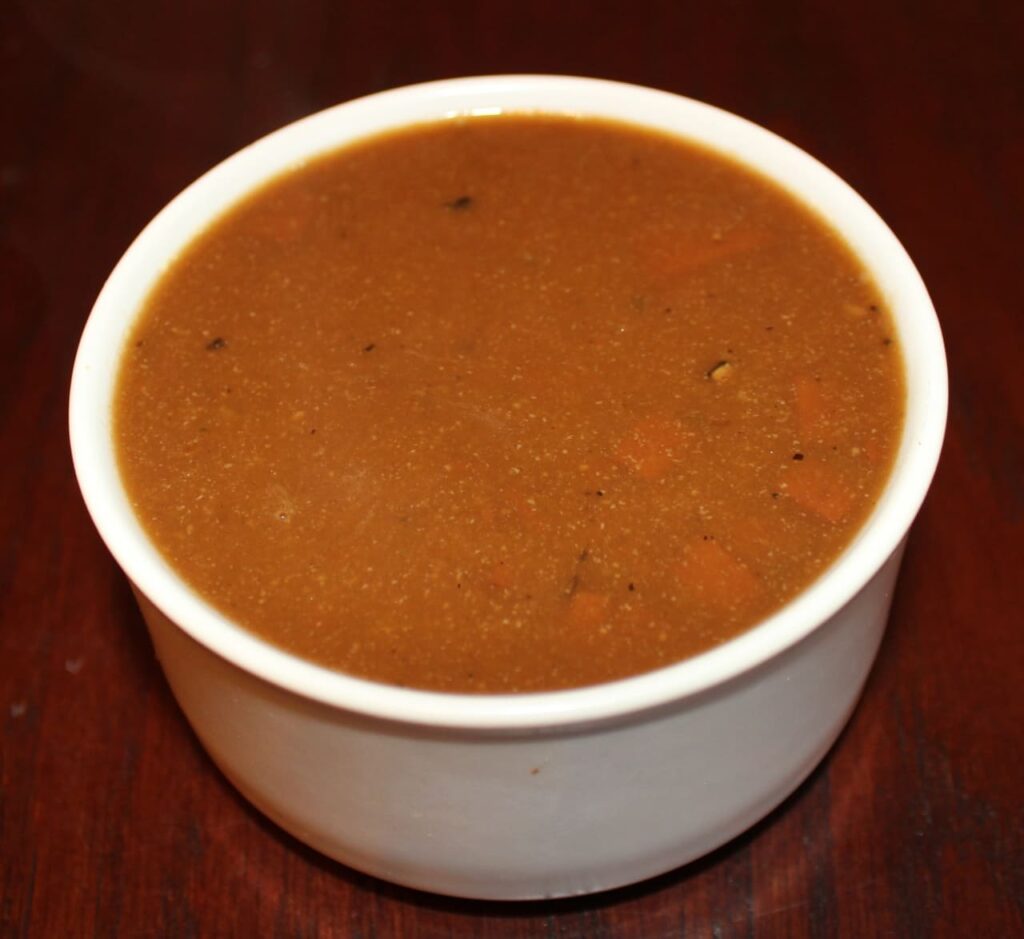
Red-eye gravy is made from the drippings of country ham, thinned with black coffee. Its reddish tint gave it the name, and it’s one of those uniquely Southern creations that sounds odd until you taste it. Poured over biscuits, grits, or fried potatoes, it brings a salty, smoky punch with a hint of bitterness from the coffee. The name itself feels antique, like something from an old story, but you’ll still see it on menus and in family kitchens. Red-eye gravy shows how resourcefulness and bold flavors defined Southern cooking.
9. Lard
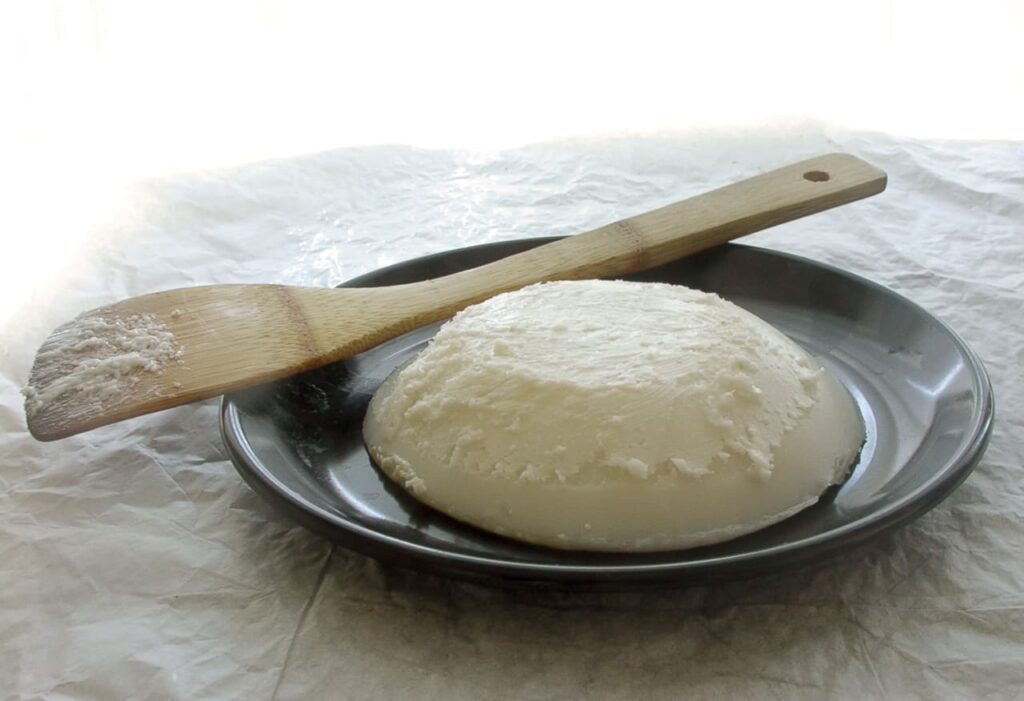
Lard may sound like a throwback word, but it’s still part of Southern cooking. Rendered pork fat was once the foundation of nearly every pie crust, biscuit, and fried dish. While many kitchens shifted to vegetable oils in the last century, some Southern cooks never gave up on lard for its flavor and flakiness. The word carries old-fashioned weight, tied to a time when nothing from a hog went to waste. Today, it’s making a small comeback as people rediscover traditional fats. Still, the term “lard” feels rooted in another era.
10. Hoppin’ John
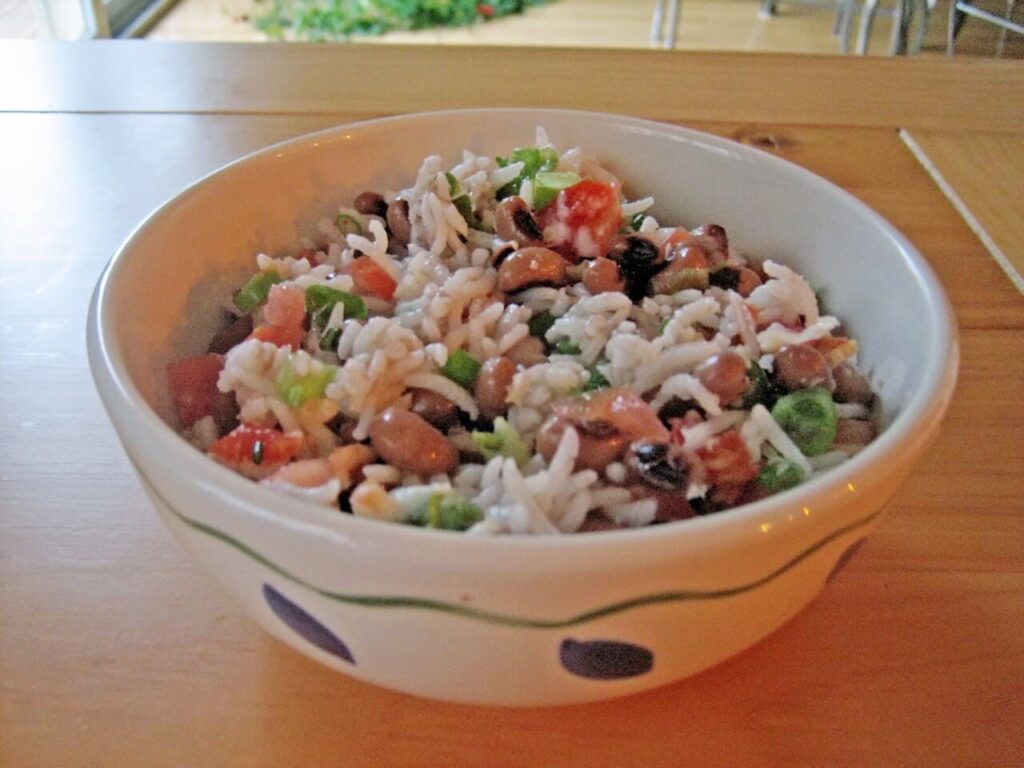
Hoppin’ John is a dish made of black-eyed peas, rice, and often bits of pork like bacon or ham hock. Traditionally served on New Year’s Day, it’s believed to bring luck and prosperity for the year ahead. The name itself has been around since at least the 1800s and still carries a folksy, old-fashioned ring to it. Recipes vary by region and family, but the combination of smoky, hearty flavors has never gone out of style. Even in modern kitchens, calling it Hoppin’ John connects the dish to its deep cultural roots and the storytelling power of Southern food traditions.
11. Pone
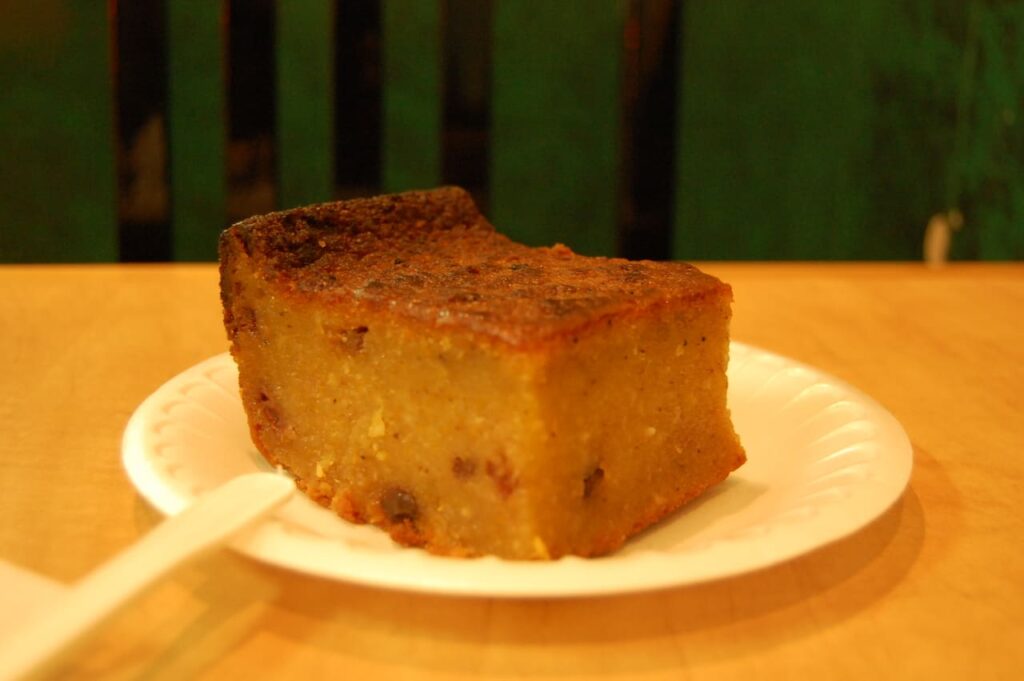
Pone refers to a dense, baked or fried cornmeal bread, simpler and heavier than modern cornbread. The word has Native American origins, and it stuck in the South as corn became a staple crop. Unlike lighter, fluffier versions, pone is rustic and filling, sometimes cooked directly on hearthstones or in cast iron. The name feels old, almost biblical, yet it remains alive in rural kitchens and storytelling. Pone represents how necessity shaped food language and how simple dishes gained staying power. The word may sound old-fashioned, but its place in Southern food culture is secure.


